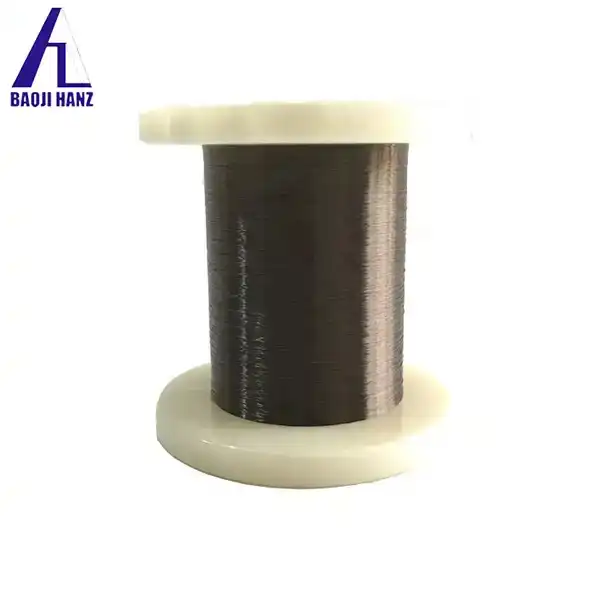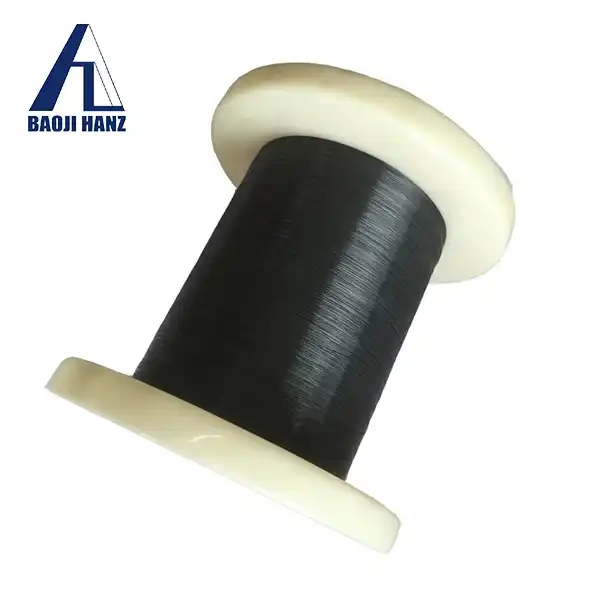How to straighten nitinol wire?
2024-07-09 13:27:34
Straightening nitinol wire requires careful handling to preserve its shape memory and superelastic properties:
Gentle Tension: Apply gentle tension along the length of the wire to gradually straighten it without causing permanent deformation.
Room Temperature: Straighten the wire at room temperature, avoiding excessive force that could alter its shape memory.
Heat Treatment: If necessary, heat the wire slightly above its transformation temperature (around body temperature) to facilitate easier straightening.
Cooling: Allow the wire to cool in a straightened position to lock in the new shape.
Verification: Verify the wire's straightness and ensure it retains its shape memory through testing before use in applications.
Proper handling and gradual straightening help maintain nitinol wire's integrity and ensure it performs effectively in medical devices, robotics, and other applications requiring precise shape retention.
How to Straighten Nitinol Wire?
Straightening nitinol wire involves a precise process that leverages its unique properties. Here are the key steps:
-
Heating and Shape Setting: The first step in straightening nitinol wire is to heat it. Typically, nitinol wire is heated to a temperature between 500-550°C (930-1020°F). This heat treatment allows the wire to "remember" its straight shape. Care must be taken not to exceed 600°C, as this can degrade the wire's microstructure (Kellogg's Research Labs) (Carl Stahl Sava Industries).
-
Mechanical Straightening: After heating, the wire can be mechanically straightened. This involves gently pulling and aligning the wire while it is still hot. Special fixtures or straightening tools are often used to ensure even tension and alignment.
-
Quenching: Once the wire is straightened, it is rapidly cooled, typically in water or oil. This quenching process locks the wire into its new shape. Multi-step heat treatment profiles, including several stages of heating and cooling, can be used to fine-tune the properties of the nitinol wire (Kellogg's Research Labs).
-
Testing and Adjustments: Finally, the straightened wire is tested for its shape memory and superelastic properties. Any necessary adjustments are made through additional heat treatments or mechanical corrections.
What are the Advantages of Nitinol Wires for Braces?
Nitinol wires offer several benefits when used in orthodontic braces, making them a popular choice among orthodontists:
-
Shape Memory: One of the most significant advantages of nitinol wires is their shape memory. This property allows the wire to return to its original shape after deformation, providing continuous and gentle force to move teeth into the desired position (Advanced Orthodontic Care).
-
Superelasticity: Nitinol wires are highly elastic, which means they can undergo significant bending and twisting without permanent deformation. This superelasticity allows for more flexible and comfortable braces, reducing the need for frequent adjustments (Seisa Medical) (Advanced Orthodontic Care).
-
Biocompatibility: Nitinol is biocompatible and resistant to corrosion, making it ideal for long-term use in the mouth. Its non-toxic nature ensures that it does not cause adverse reactions in the body (Seisa Medical).
-
Durability: The high strength and fatigue resistance of nitinol wires ensure they can withstand the forces involved in orthodontic treatments without breaking or wearing out quickly (Advanced Orthodontic Care).
Why is Nitinol Wire Used in Medical Devices?
Nitinol wire is extensively used in medical devices due to its unique properties. Here are some reasons why it is favored in the medical field:
-
Shape Memory and Superelasticity: These properties allow nitinol devices to be designed in compact forms that can expand to their functional shapes within the body. This feature is particularly useful in minimally invasive procedures (Seisa Medical).
-
Biocompatibility: Nitinol's resistance to corrosion and biocompatibility make it suitable for implants and other long-term medical devices. It does not elicit adverse immune responses, ensuring safety and reliability in medical applications (Seisa Medical).
-
Flexibility and Strength: Nitinol wires can bend and flex without breaking, which is crucial for devices that need to navigate through complex anatomical structures. This flexibility, combined with high tensile strength, makes nitinol an ideal material for stents, guidewires, and other surgical instruments (Seisa Medical).
-
Thermal Properties: Nitinol's ability to undergo phase transformation at body temperature allows it to be used in temperature-activated devices, which can be triggered to change shape or function when they reach body temperature (Carl Stahl Sava Industries) (Seisa Medical).
How Does Nitinol Wire Achieve Its Shape Memory Properties?
The shape memory effect in nitinol wire is a result of its unique crystal structure and phase transformation characteristics. Here’s how it works:
-
Phase Transformation: Nitinol exists in two phases: martensite (low temperature) and austenite (high temperature). At lower temperatures, nitinol is in the martensite phase, which is more easily deformed. When heated, it transforms into the austenite phase, which has a stronger and more rigid structure (Seisa Medical).
-
Heat Treatment: By heating nitinol wire to a specific temperature (around 500-550°C) and then cooling it, the wire is trained to remember its shape in the austenite phase. When the wire is subsequently deformed in the martensite phase and then reheated, it returns to its pre-set austenite shape (Carl Stahl Sava Industries) (Seisa Medical).
-
Superelasticity: This property occurs when nitinol is deformed in the austenite phase but does not retain the deformation. Instead, it returns to its original shape upon unloading. This behavior is due to stress-induced phase transformation from austenite to martensite and back to austenite upon stress removal (Seisa Medical).
Nitinol's combination of shape memory and superelasticity, along with its biocompatibility and durability, make it an indispensable material in the medical field, especially for devices requiring high flexibility and strength.
In conclusion, straightening nitinol wire involves a meticulous process of heating, mechanical alignment, and quenching to ensure it retains its shape memory properties. Its application in orthodontics and medical devices highlights its versatility and superior performance in demanding environments. The unique properties of nitinol wire, such as shape memory, superelasticity, and biocompatibility, make it a valuable material for innovative medical solutions.
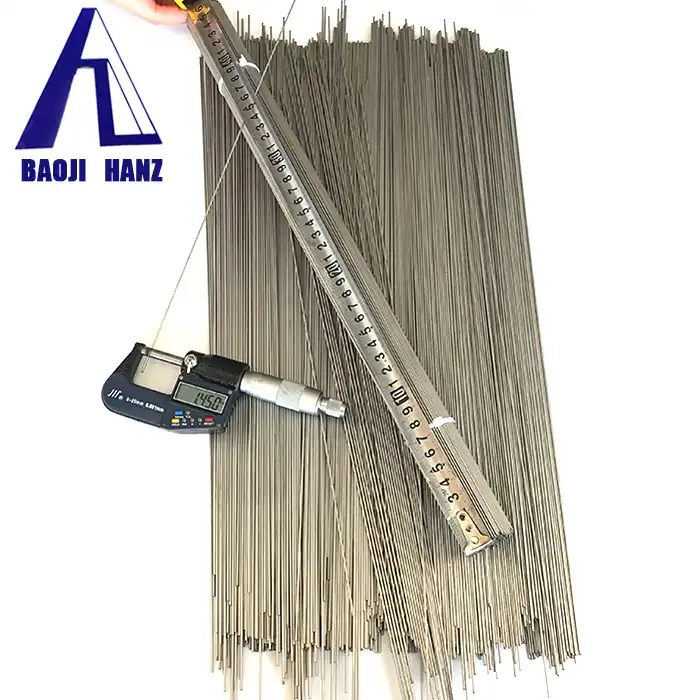
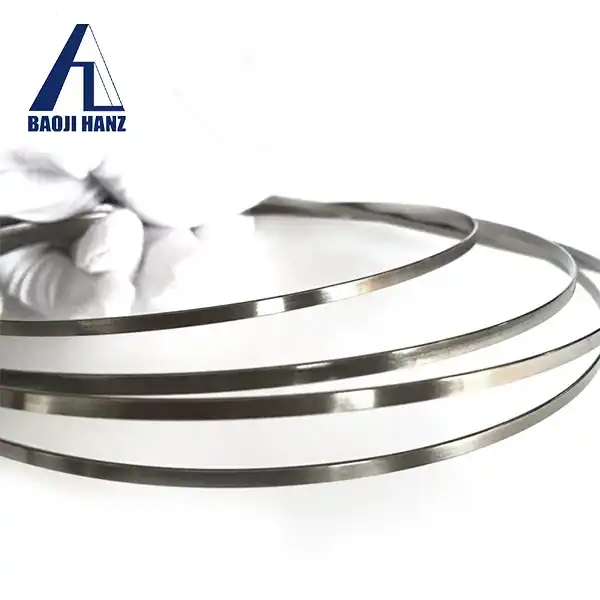

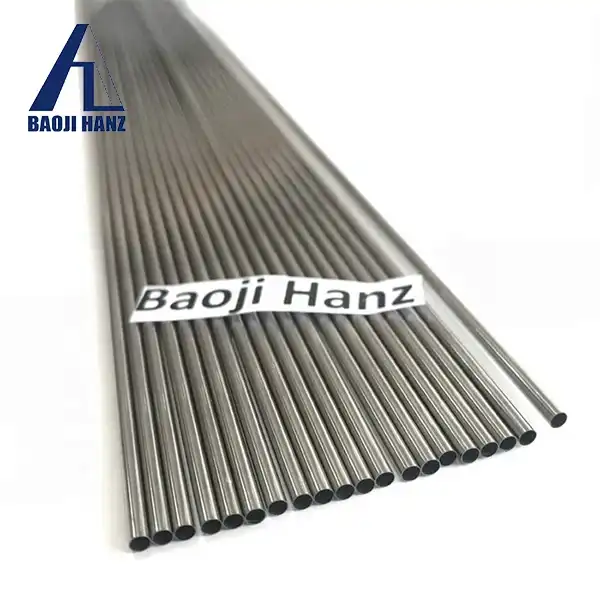
.webp)
.webp)
.webp)
